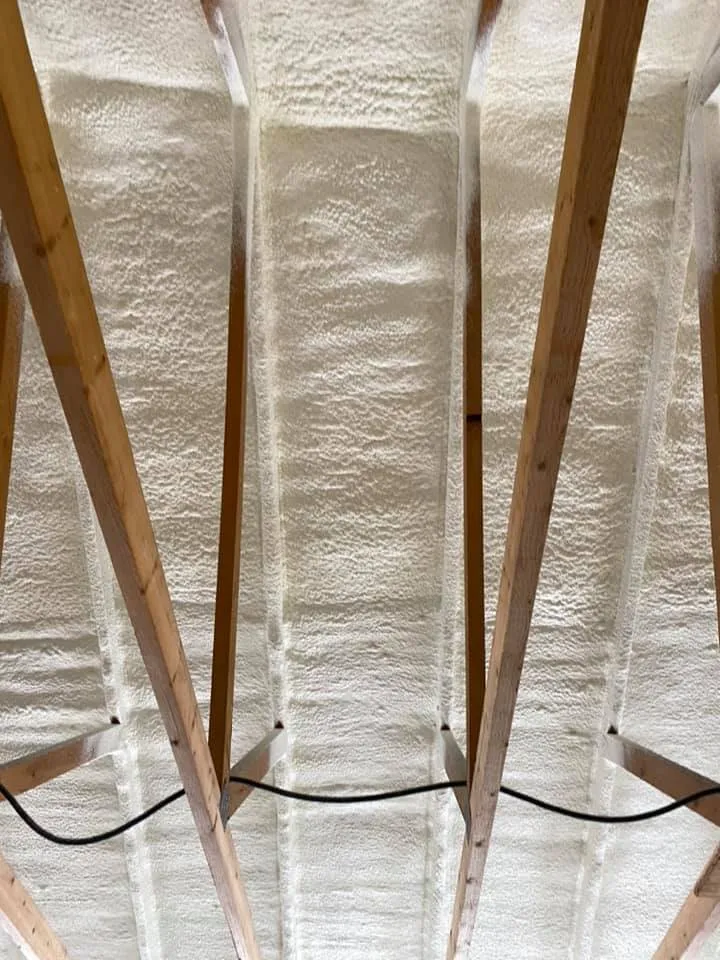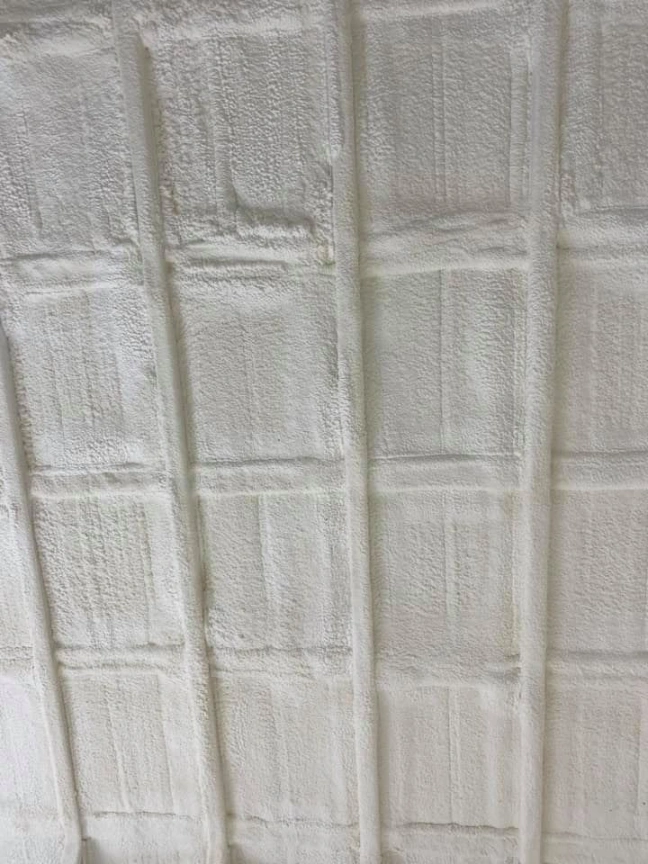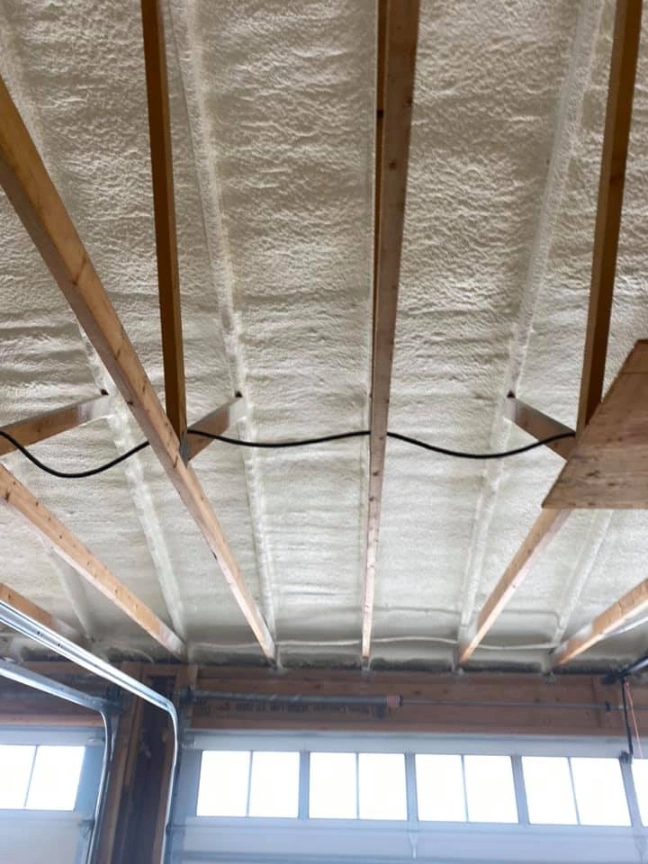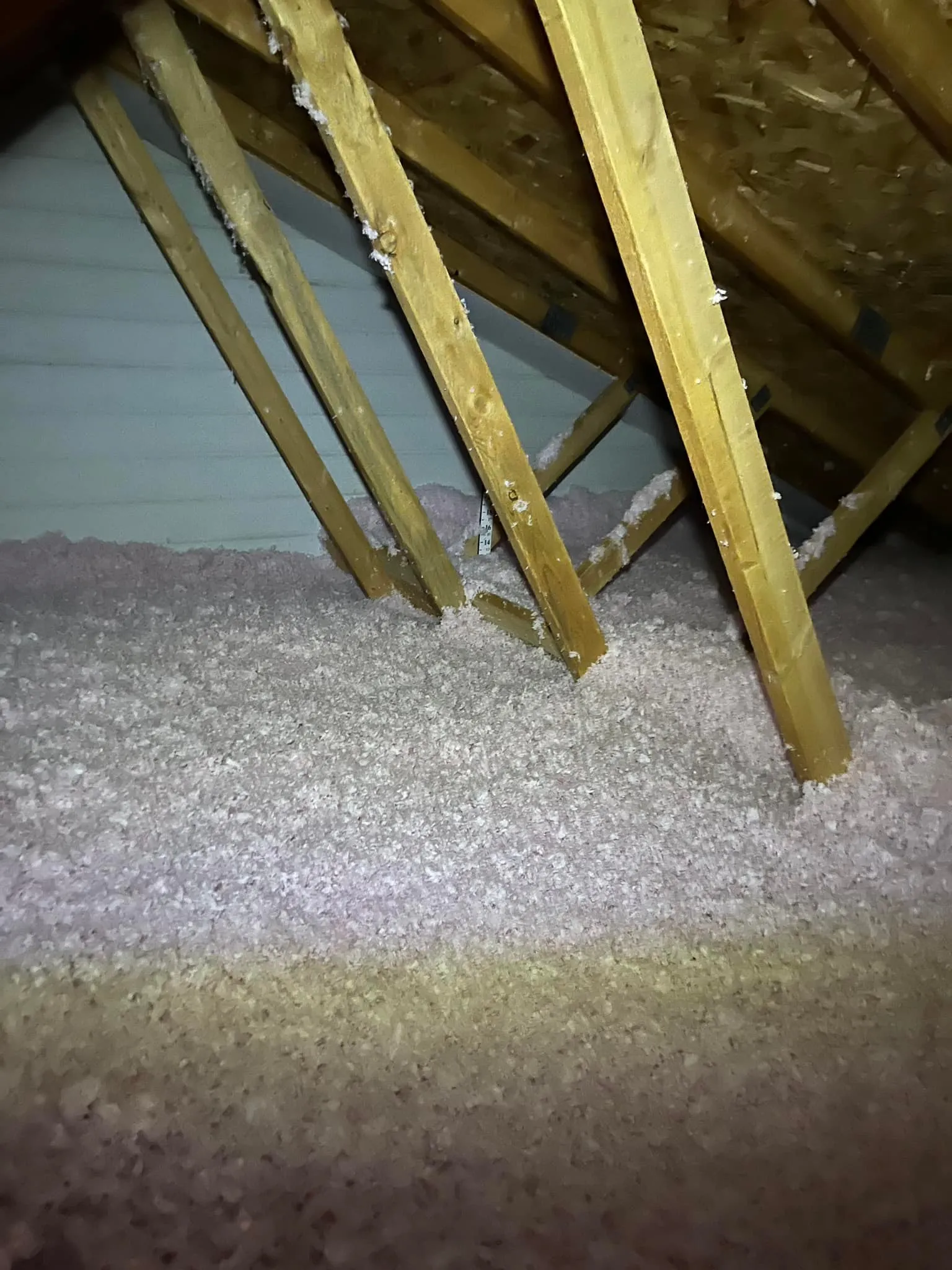

The performance of open-cell spray foam insulation hinges on a delicate balance of material properties and installation precision. Seven core factors determine its effectiveness: the foam’s density and cell structure; its tested R-value and resistance to thermal drift; air permeability; its ability to manage incidental moisture; the consistency of spray application thickness; the preparedness of the substrate surface; and the ambient environment present during the initial curing phase. Ignoring any one of these elements risks compromising the foam’s long-term function as an insulator and air barrier.
True effectiveness comes not just from choosing a high-quality product, but from experienced application that accounts for these technical variables. Understanding how these factors interact allows builders and homeowners to ensure the longevity and efficiency of the finished insulation system. Adopting a material science approach is essential for optimal results in diverse climates and structures.
The first group of factors relates to the inherent characteristics of the foam itself, setting the baseline for expected thermal and structural qualities.
Density in open-cell foam isn’t just about weight; it relates directly to the polymer structure and the uniformity of the open cells. Typically, open-cell foam falls in the 0.4 to 0.6 pounds per cubic foot range. Density influences both the foam’s structural integrity and its final thermal resistance. Lower density usually means less physical stiffness, which should be considered in wall assemblies where the foam might encounter minor movement or vibration. Standards defining acceptable density limits for various foam types are often published by organizations like the Spray Polyurethane Foam Alliance.
Open-cell foam relies on trapped air within its interconnected cells for thermal resistance (R-value). While the initial R-value per inch is usually lower than closed-cell foam, it is highly stable over the structure’s life. This stability exists because open-cell foam does not rely on a trapped gaseous blowing agent that can leak out over time (a phenomenon known as thermal drift). The consistent, long-term performance means the rated R-value is maintained years after installation, making it a reliable choice for the building envelope.
The primary value of open-cell foam is its superior capability to stop air movement, which often contributes more to energy loss than simple heat conduction. Because the cells are open and interconnected, the foam expands significantly to fill small gaps, cracks, and complex geometries, creating a truly complete air barrier envelope. A failure to achieve proper material density during the expansion process can leave large voids or insufficient cell closure, drastically reducing the system’s air-sealing capability.
Bonus Tip 1: In colder, high-wind environments, like those common in the Mountain West region, pay extreme attention to sealing every electrical and plumbing penetration. Using open-cell foam here minimizes cold air infiltration, which is often the biggest source of heat loss in high-altitude construction.
Even the highest-quality foam material requires precise application to deliver its full performance potential. These factors are entirely dependent on the skill and equipment used by the installation team.
Open-cell foam is permeable to water vapor, meaning moisture can pass through it relatively easily. While this allows the wall assembly to dry if it gets wet, it also means that the foam often requires a separate vapor retarder, particularly in cold climates where interior moisture might be driven outwards toward the cold sheathing during winter. Choosing the correct strategy for moisture and vapor control depends entirely on the building’s location and climate zone. According to research from Building Science Corporation, a leading building science research and consulting firm, using open-cell spray foam in colder climates (IECC Climate Zones 5 and higher) without a proper vapor control layer can be risky.
Insulation performance is directly tied to achieving the specified thickness uniformly across the entire surface. If the foam is applied too thin, it obviously will not meet the calculated R-value. However, if it’s applied too thick in a single pass, it risks overheating during the exothermic curing process. Excessive heat from this reaction can cause the foam to shrink, crack, or suffer density failure, fundamentally compromising the final product. Consistent, measured passes are necessary.
| Application Consistency Standard | Goal | R-Value Outcome | Risk of Material Failure |
|---|---|---|---|
| Under-Application (Too Thin) | Cost saving (false economy) | Fails to meet thermal target | Minimal material risk |
| Standard Specified Thickness | Optimal thermal and air seal | Stable and predictable R-value | Low risk |
| Over-Application (Too Thick) | Rushing the job | Potential density failure (charring) | High risk (Exothermic issues) |
Adhesion is paramount. If the substrate (wood, metal, or concrete) is dusty, oily, or wet, the foam will not bond correctly. Poor adhesion creates microscopic pathways for air and moisture to infiltrate behind the foam layer, fundamentally breaking the integrity of the air barrier. Proper surface cleaning and ensuring the surface is dry and free of debris are crucial pre-application steps that cannot be skipped.
The temperature and humidity of the air during installation critically influence the chemical reaction that forms the foam. If the air or substrate is too cold, the foam may not expand correctly, resulting in tight, overly dense, or brittle material with low yield. High humidity can sometimes affect the surface cure. Consistent temperature control of the material components and the environment is a standard procedure. Data gathered by the U.S. Department of Energy confirms that these environmental factors during application significantly influence the longevity and ultimate effectiveness of insulating materials.
Bonus Tip 2: For installers, always confirm the substrate temperature is within the manufacturer’s specified range. A cold substrate slows the reaction, causing low yield, while an excessively warm substrate can cause the reaction to flash prematurely, leading to material breakdown.
Making a choice about insulation requires balancing immediate costs against necessary long-term performance targets. Before selecting open-cell foam for a project, several critical pre-decision factors must be evaluated.
Define the primary goal: maximizing air sealing or achieving the highest R-value in the smallest space. Open-cell foam excels at creating a high-quality air seal. Understanding the local moisture drive patterns is crucial, especially in cold or mixed climates, where it dictates whether a vapor retarder is required. For instance, in very dry, high-altitude regions, the focus shifts to consistent air sealing to manage the stack effect and prevent dry air leakage, minimizing concerns about complex vapor issues.
Even the best foam material fails if the installation quality is poor. Evaluate the applicator’s track record and certification level. A properly trained applicator understands how to fine-tune spray pressures, material temperatures, and pass depths based on real-time environmental conditions, ensuring consistent density and optimal curing on every job.
Consider how difficult future maintenance or repairs will be. Open-cell foam is easily identifiable and typically easier to remove or repair than rigid insulation or closed-cell spray foam, which can simplify potential future renovation or repair work needed for wiring or plumbing.

Understanding the seven critical factors that drive open-cell foam performance helps building professionals set realistic performance expectations and quality standards. The ultimate success of this insulation depends less on a manufacturer’s rated R-value and more on the quality control exercised during application, including precise material handling, thorough substrate preparation, and strict adherence to environmental guidelines. Evaluate your specific needs for air sealing versus strict thermal resistance and ensure you partner with an experienced applicator who prioritizes methodical technique and precise site management.
Choosing the optimal insulation system requires detailed technical knowledge of foam chemistry and local building science principles. For reliable guidance on selecting and maximizing your building envelope’s long-term performance, consult with professionals who understand these seven factors deeply. You can reach High Country Solution by phone at (307) 248-9063 or send an inquiry via email to [email protected]. We deliver technical expertise and high-quality applications tailored to meet specific project demands and performance goals.
No, properly mixed and installed open-cell foam should not experience significant shrinkage. Shrinkage usually signals a severe chemical imbalance, often caused by mixing components at incorrect temperatures or by applying too much thickness in a single pass, which creates excessive heat during the curing process.
Open-cell foam is highly effective at absorbing airborne sound because its open structure and interconnected cells dissipate acoustic energy. This makes it an excellent choice for use in interior walls, between floors, and other areas where noise control is a desired priority.
This requirement depends entirely on the building code, the climate zone, and the location of the foam within the wall assembly. In many colder climates where warm, humid interior air meets cold sheathing, a vapor retarder is deemed necessary to prevent condensation. In specific mild or dry climates, the inherent permeability of the foam might be acceptable. Always consult the specific local building codes before application.
When installed correctly and protected from exposure and significant physical damage, the lifespan of open-cell spray foam is considered permanent. Since the material is chemically inert after curing and does not settle, compress, or degrade like some traditional fibrous materials, it should last the entire life of the structure.


